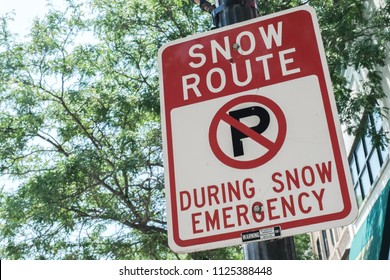

The star on the label indicates that this was the A-Side but I very much doubt it would have got past the radio controllers because of the songs subject matter. The constant church bells and haunting sound effects give it a somewhat mysterious eeriness. It’s a weird, doom laden sound with a sparse production. ’Acid’ was recorded at the famous Norman Petty studio in Clovis, New Mexico sometime in mid 1966. His spoken delivery sounds uncannily like Jim Morrison’s don’t you think? The Wes Dakus Rebels were an Edmonton group who had been around since the early 60s as a recording outfit. Stu Mitchell was their drummer but on this Kapp Records release from 1967 he assumed frontman status and sang/wrote his own composition ’Acid’. STU MITCHELL with Wes Dakus’ Rebels – ’Acid’/’Casting My Spell’ (Kapp K-829) 1967 The flip ’Feel The Music’ is a fabulous acid punker that is based heavily on The Who tune ’Out In The Street’ but The Vejtables colour the scene with more raga rock guitar. Raga guitar weaves around the pumping bass……”Shadows follow us stalking mistrust” As unnerving as the beat is, I find myself unable to resist. ’Shadows’ has got a very strange and unique sounding bass line.

This two sided gem on the small Uptown label seems to have been ignored at the time though. The new line-up recorded several new songs at Leo Kulka’s Golden State Recorders during April and May 1966 but had to wait until January 1967 (it gained a mention as a new release during that month in Billboard magazine) for any sounds to emerge on vinyl.

Three former members of The Preachers were recruited, Richard Fortunato, Zeke Camarillo and Steve Lagana who in my opinion made The Vejtables more dynamic and exiting on record. The Vejtables from the Bay Area of California enjoyed some success with folk rock hits ’I Still Love You’ and ’The Last Thing On My Mind’ from 1965 but by the Spring of ’66 only veterans Bob Bailey and Frank Smith were left from the original group. THE VEJTABLES – ’Shadows’/’Feel The Music’ (Uptown 741) January 1967 Instead, I’ve used images scanned from ’60s youth music magazine “Intro”. All of the original blog posts on my old website have since been deleted so no label scans or picture sleeves are available. It all came as a piece, and it took about fifteen minutes.Here are some of my random thoughts and words about obscure and in-demand ’60s garage and psychedelic singles over the years. I went back to Topanga, and that other song turned into ‘For What It’s Worth,’ and it took as long to write as it took me to settle on the changes and write the lyrics down.
#The rainy daze stop sign full#
A whole company of LAPD in full Macedonian battle array in shields and helmets and all that, and they’re lined up across the street, and I just went ‘Whoa! Why are they doing this?’ There was no reason for it. It’s everybody having a hang to close this bar. decided to call out the riot police because there’s three thousand kids sort of standing out in the street there’s no looting, there’s no nothing. Then we came down to Sunset from my place on Topanga with a guy – I can’t remember his name – and there’s a funeral for a bar, one of the favorite spots for high school and UCLA kids to go and dance and listen to music. I wanted to write something about the kids that were on the line over in Southeast Asia that didn’t have anything to do with the device of this mission, which was unraveling before our eyes. In the book Neil Young: Long May You Run: The Illustrated History, Stephen Stills tells the story of this song’s origin: “I had something kicking around in my head.


 0 kommentar(er)
0 kommentar(er)
